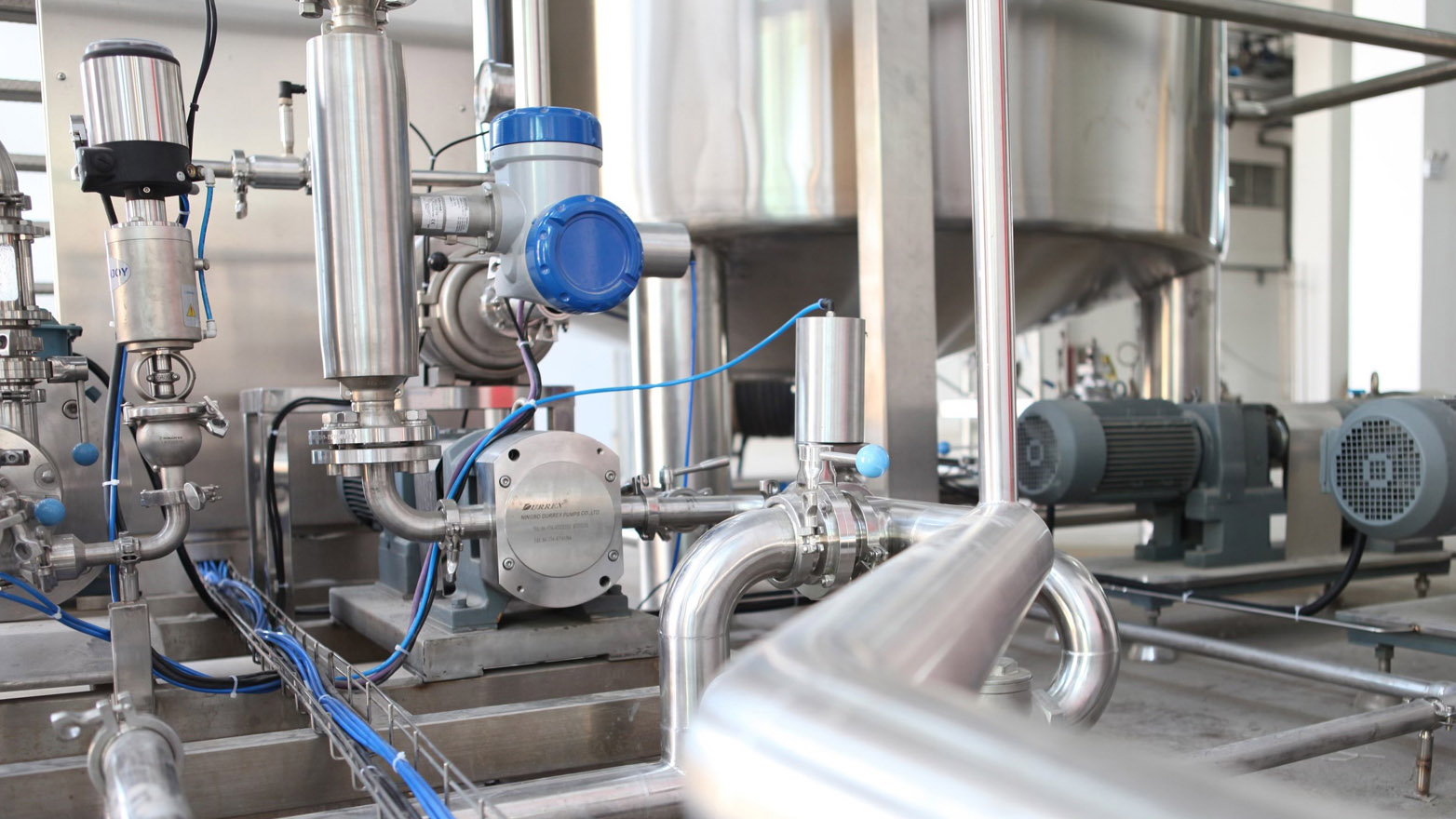Industrial production stalled in January
Manufacturing formed an outlier to other sectors.

Industrial production flatlined in early January, much less than the expected growth rate of 0.5%. The headline number was pulled down by an historic 9.9% fall in utilities production, which was driven by the change from a cold December to a warm January. The drop masked some strength in the manufacturing sector, where gains were broad-based, as several sectors posted monthly increases of over 1%. The underlying strength in the January report suggests that conditions in the sector may not be as weak as suggested at year-end, complicating the Federal Reserve’s path to slow the pace of inflation.
Production of energy goods was the other notable decline in January. The 2.5% contraction was led by a 9.4% decline in the production of consumer energy goods. Some of the decline is likely attributable to widespread flooding and weather disruptions in California. Conditions in this sector are likely to remain volatile in 2023 as geopolitical developments and volatile gas prices threaten consumer demand.
The strength in the manufacturing sector was pronounced at the start of the year. After declining in the previous two months, the sector grew by 1.0% in January, above the expected rise of 0.8%. Production of manufactured consumer goods declined by 0.7% from December to January, but the drop was driven almost exclusively by plummeting production in energy goods. Nearly every other market group posted a gain.
Motor vehicle production rebounded after two months of steep declines, driven in part by strong sales to businesses restocking their fleets. Capacity utilization in the industry has slipped lately and remains 4.3 percentage points below its 2017-2019 average. Automobile demand has historically been sensitive to interest rates. The rebound could be temporary and would be negatively impacted should the Federal Reserve need to move more aggressively to fight persistent inflationary pressures.
Strength was welcome news in a sector that contracted over the second half of last year.
Business equipment rose by 1.2% in the month. Production of transit equipment was the only decline, with every other major sector posting a monthly growth rate of over 1.5%. Recent shipping data point to a contraction in demand for transport services, which suggests further weakness in the production of transportation equipment and goods in the first quarter.
Bottom Line:
The lack of growth in the headline industrial production index obscured a sharp increase in the manufacturing sector in January. The broad strength was welcome news in a sector that contracted over the second half of last year, but caution should be exercised. Recent data point to even more persistent inflationary pressures, which could force the Fed to raise rates more than market participants expect. That would lift borrowing costs for consumers and businesses and could produce a headwind for manufacturers.
Explore more
Meet our team

Subscribe to insights from KPMG Economics
KPMG Economics distributes a wide selection of insight and analysis to help businesses make informed decisions.
